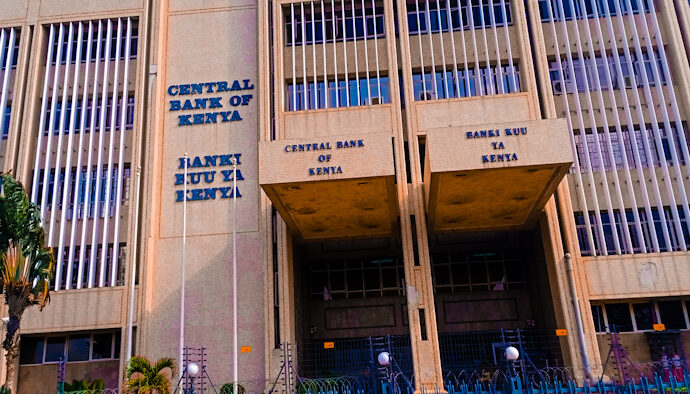The Central Bank should maintain the government’s inflation target range of 5.0 percent with a 2.5 percent margin on either side for the ninth straight year says Kenya’s National Treasury.
Treasury serves as an advisory to the Central Bank of Kenya on Price Stability Target and Economic Policy, requires the regulator to achieve the target in the 2020/21 fiscal year to preserve macro-economic stability and reduce undesirable fluctuations in economic performance.
“The flexible margin of 2.5 percent on either side is to cater for effects of external shocks such as adverse effects of the COVID-19 pandemic and oil price variations. Domestically, shocks may emanate from rapid and severe changes in weather conditions,” noted Treasury Cabinet Secretary Ukur Yatani in his price stability notice.
Yatani emphasises that “The CBK is therefore expected to achieve this inflation target and will be accountable to the Government and the general public for its attainment.”
In June, the country’s headline inflation slowed to 4.59 percent from 5.33 percent a month earlier as pressure on food and fuel prices abated amidst persistent lethargy in demand.
Genghis Capital, a stock brokerage firm, in its 3Q20 Macro-Economic & Fixed Income Outlook, expects inflation to remain anchored in the third quarter at an average 4.5 percent.
“The depressed consumption trend in the economy implies inflationary pressures cooled. In fact, disinflation has been salient from the latest prints. Furthermore, the subdued imports in the near-term mean that the risk of imported inflation remains muted.”
On the other hand, according to NCBA Research, even as the economy gradually reopens, it is unlikely that aggregate demand convincingly rises given the uncertainty regarding the duration of the pandemic and the potential structural shocks to labor markets.
“Inflation is therefore likely to be kept in check, around the government’s 5.00 percent medium-term target, in the foreseeable future. Muted inflation should provide further wiggle room for monetary accommodation. However, a sustainable low-interest-rate environment will be subject to the government’s local debt trajectory in the coming months.”
As a result, Yattani says to improve the business environment, macroeconomic stability and in particular price stability ‘remain critical enablers.’
Treasury projects the fiscal deficit for the current fiscal year to decline from 7.8 percent of GDP in FY 2018/19 to 7.5 percent of GDP in FY 2020/21 and below 4.0 percent of GDP over the medium term.
READ





2 Comments
Pingback: Kenya's Annual Inflation Rate to Accelerate Further in March
Pingback: Petrol Price Up By Ksh 3.56, Diesel And Kerosene Remain Unchanged